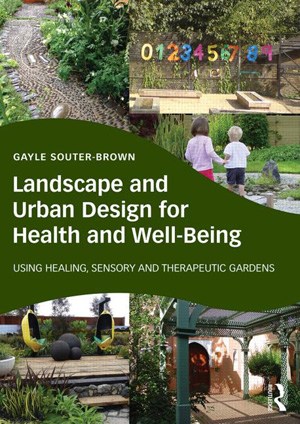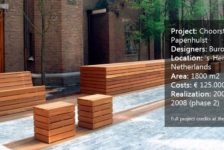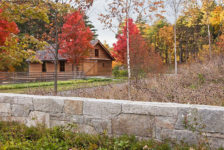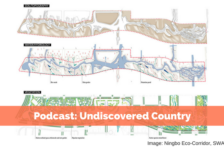A review of Landscape and Urban Design for Health and Well-Being: using healing, sensory and therapeutic gardens, by Gayle Souter-Brown. With the development of modern technology, accessible personal electronics, cars for every household, good education, and abundant career opportunities come new and difficult problems. Never before have our communities seemed so broken, the elderly so isolated, and the children so sorely lacking in social skills. We observe a dramatic rise in children’s obesity rates and in lifestyle diseases among adults stressed out by the speed of modern urban life.
The children are kept indoors due to the growing fears of their parents and the pressure of expectations laid upon them by their schools. The adults spend most of their time working in bleak office environments. The elderly and disabled are isolated from the rest of society in the sterile interiors of care facilities. The separation of the modern society from nature is becoming a bigger issue with every passing year. Gayle Souter-Brown, author of “Landscape and Urban Design for Health and Well-Being: using healing, sensory and therapeutic gardens” proposes a solution. Let’s have a look at her work.Overview of Landscape and Urban Design for Health and Well-Being
Souter-Brown has an excellent style of writing; her book is extremely informative and well referenced, but despite that it doesn’t read like a textbook. The narrative flows, giving it the feel of a novel. The book is incredibly comprehensive. The author starts by outlining the history of healing gardens, which helps the reader to understand their purpose and value. In the second part of the book, she describes in great detail the different groups of people who might benefit from therapeutic gardens. She also explains what features each of the groups might need or expect. The third part of the book analyzes the principles of the salutogenic approach in healing garden design. Finally, the fourth chapter is dedicated to funding sensory and therapeutic gardens, as well as developing community green spaces. Other Related Book Reviews:
- Landscape and Urban Design For Bats And Biodiversity
- How to Grow a School Garden
- Detail in Contemporary Landscape Architecture
Each chapter is richly illustrated with photographs, drawings, and diagrams. Every fact is referenced, which means that all of the material has been thoroughly researched. The numerous real-life examples and case studies help the reader to really understand the subject. The charts and tables make this book an easy-to-use guide for anyone involved in healing garden design. Get it HERE! Why should you get it? If you are interested in designing healing gardens, therapeutic spaces for specific groups of people, or gardens and play areas for children of all ages, this is definitely a book for you. If you are a member of the community — a school manager, a health care worker, a city official, or simply anyone keen on making people’s lives better — you should also reach for this book. You will not find a more comprehensive, informative, and well-researched compendium of healing, sensory, and therapeutic gardens, with real-life examples and case studies, written with a tangible passion for the subject. This book, containing answers to all your questions, is a definite must have!
Order your copy today – Landscape and Urban Design for Health and Well-Being
About the Author Souter-Brown is founder and director of Greenstone Design UK Ltd, an international landscape and urban design consultancy. She has more than 20 years of experience in designing and creating healing, therapeutic, and sensory gardens for all age groups, all over the world. She is an author, lecturer, and adviser to the government. Publisher: Routledge Type: Paperback Page length: 340 pages Book Review by Marta Ratajszczak Return to Homepage
Published in Blog










